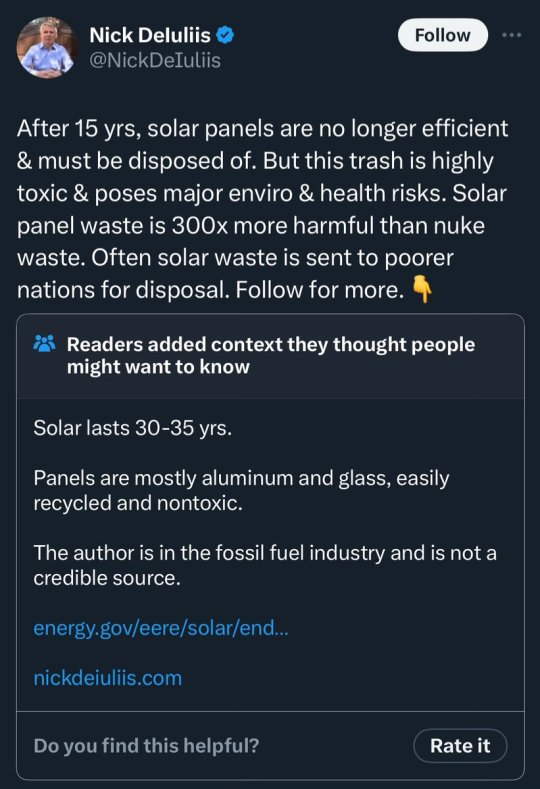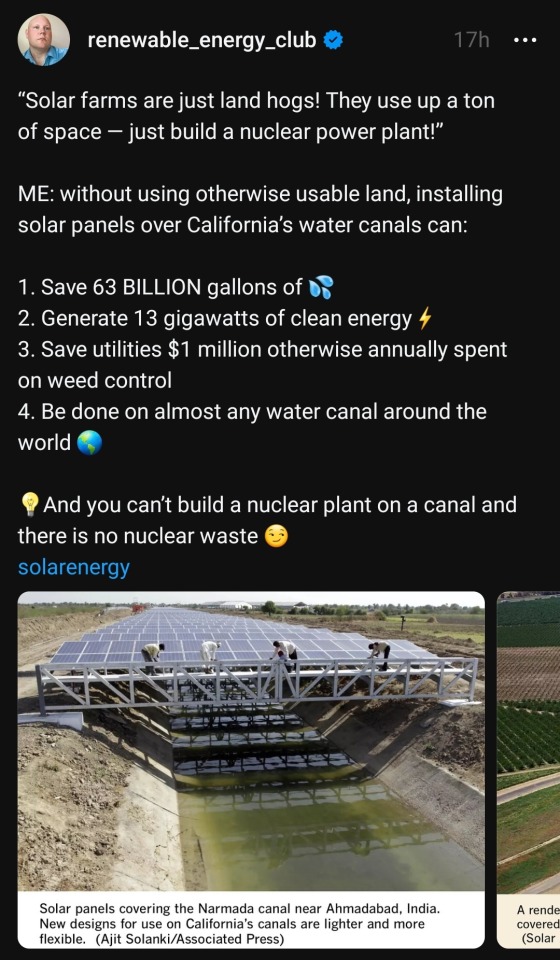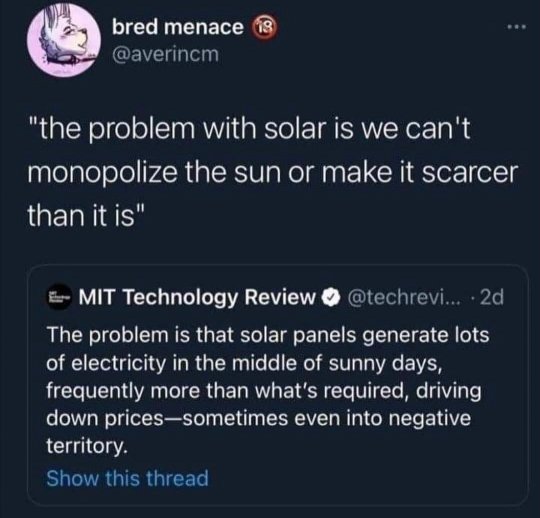Don't wanna be here? Send us removal request.
Text
Would anyone like to join me in my New Year's tradition of reading about good things that happened this year?
23K notes
·
View notes
Text
solar power… why it’s actually really cool and you should care about it more🌞✨
ok so let me learn you a thing. we all know the sun, right? as humans, we are incredibly privileged to exist as we are in relation to the sun. as the largest body in our solar system, it gives us our wonderful water and climate cycle; light itself–which beyond being the reason we can perceive literally anything is also the reason we have plants #photosynthesis; extending beyond that, the sun is the reason we have any form of life (Planas, 2020). it’s pretty essential if i do say so myself, the fact its energy has empowered us for billions of years—and what if we could use this power for power.
as a source of energy, sunlight is incredibly immense. on average, the sun shines down 120 000 terawatts of power to the earth, which–by 2025–is 4000 times the needed amount to flow throughout the globe (Herron, 2010). however, this energy cannot be weaponized on its own. this is where solar panels come in.

these panels are composed primarily of solar cells, made from silicon #semiconductor, which captures sunlight to produce an electrical current; this process is known as the photovoltaic effect.
function of the effect:
solar cells have two layers, a negative “n-type” layer with extra electrons and a positive “p-type” layer with missing electrons or “holes.” The space where these layers are in contact, leading to the formation of an electric field, is known as a “p-n junction.”
when sunlight hits the solar cell it transfers its energy to the electrons in the p-n junction, liberating them from their chemical bonds to conduct electricity. though, this transfer leaves behind holes, which can carry charge.
as a result of the aforementioned electric field these excited electrons and holes are induced to flow in opposite directions
this opposing flow creates an electric current
wiring and other conductive metals in the panels collect and route this current for later use (Donev, 2024; Walker, 2024).
another way to think of this process is that if it were a traditional chemical reaction, it would be akin to an endothermic reaction. The absorption of sunlight would necessitate a positive enthalpy gain!

though, despite the arduous set-up of this process to guarantee energy conversion, due to the nature of life, this conversion is not 100% efficient. despite common misconceptions about snow and darkness harming production, this simply isn’t the case. through storage facilities and angling of panels so snow slides off 😲–-many of these traditional problems have been circumvented (Office of Energy Efficiency & Renewable Energy, 2017).
it is instead numerous other factors limiting perfect function, such as being unable to account for all wavelengths of sunlight; the recombination of the electrical charge back to sunlight #reverse_reaction; higher temperatures messing with various properties of the panel; and sunlight simply being reflected back and not absorbing😞 (U.S. Department of Energy, n.d.). combined, this leads to an average conversion efficiency of 22% for modern solar panels. research is currently pushing this further with multi-junction and perovskite technologies (Elliott, 2024).

efficiency is not the be and end all of energy production, as “[a]n efficient solar panel is one that generates more electricity by occupying less space” (Enel X, n.d.). so, if the advantages of solar power outweigh the disadvantages of space requirements and initial costs for production, then this is virtually a non-issue.

the unique benefits of solar power make it a #game-changer🔥🔥 in energy production. its renewability, long-term cost-effectiveness, and low environmental impact show solar energy is worth investing in. solar power is more than just a sustainable energy source for underserved communities. once installed, solar panels offer free energy for decades; as long as the sun exists, so does solar power. with reliable electricity, clinics can store vaccines safely, surgeries aren’t conducted in darkness, and healthcare workers can serve remote areas more effectively. programs like UNDP’s Solar for Health have proven that solar energy doesn’t just save costs; it saves lives, empowering millions with access to essential services while lowering the health sector’s carbon footprint 👣🍃, unlike fossil fuels, solar power doesn’t emit greenhouse gases (Burton & Alers, 2019; Richardson, 2023).

circling back around to some of the negatives, as a #true comparison, while it is a bit challenging to get over the need for the significant land area as a result of the lower efficiency, innovative combined urban installations mitigate this through rooftop use (Khan & Anand, 2024). however, the other major placement for these solar farms is in the desert ecosystem. this may seem like a good use of space given the supposed bareness of these landscapes, yet in actuality, deserts are thriving fragile ecosystems, which the needed large solar installations harm (Courage, 2021). solar panels have been shown to have negative effects on wildlife, deterring common keystone species of the area from behaving and settling as they once were. this alteration in animal behaviour fundamentally changes how these ecosystems function; this change is for the worse (Chock et. al, 2020). the people living near these ecosystems are also harmed in the process as the heated climate produced from the unconverted solar energy would result in a reorganization of “global air and ocean circulation” leading to more frequent extreme weather occurrences and natural disasters in neighbouring countries, greatly impacting the health of their populations (Lu & Smith, 2021).

the intentionality of placement matters, this does not necessarily limit the implementation of solar panels completely. instead, it promotes better land surveying and research investment to increase solar panel efficiency.
compared to a fossil fuel like coal, this needed support of solar power is minimal. coal emits on average approximately 1kg of CO₂ per kWh of energy produced, and for the amount that this CO₂ and other dangerous gases contribute to air pollution, acid rain, and respiratory diseases the efficiency for this combustion process is not that great 👎 (U.S. Energy Information Adminstration, 2023; Union of Concerned Scientists, 2017). coal plants convert 33% of energy from combustion; solar’s 22% might seem lower, but it’s infinitely cleaner and improving (Farris, 2012).

solar power isn’t just an energy source; it’s a movement toward a cleaner, healthier, and more sustainable planet. many countries are adapting its usage around the world, and it is at the forefront of the renewable energy wave (Ritchie et. al, 2024).

it reduces climate change impacts, preserving ecosystems and biodiversity; is going to be around as long as we are; and promotes personal interaction with the energy of our future. it's also really cool.
0 notes
Text
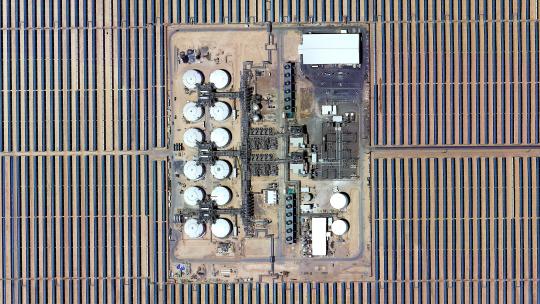
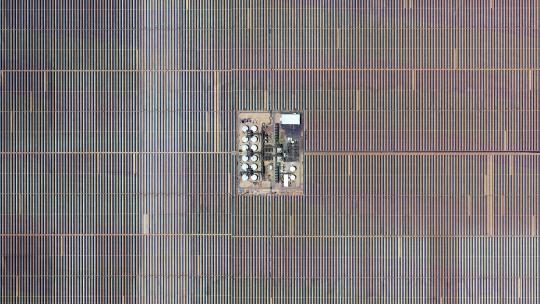
Atlantica Solana Generating Station - Arizona - USA 🌎 4K links : 1 & 2
523 notes
·
View notes
Text
"It is 70 years since AT&T’s Bell Labs unveiled a new technology for turning sunlight into power. The phone company hoped it could replace the batteries that run equipment in out-of-the-way places. It also realised that powering devices with light alone showed how science could make the future seem wonderful; hence a press event at which sunshine kept a toy Ferris wheel spinning round and round.
Today solar power is long past the toy phase. Panels now occupy an area around half that of Wales, and this year they will provide the world with about 6% of its electricity—which is almost three times as much electrical energy as America consumed back in 1954. Yet this historic growth is only the second-most-remarkable thing about the rise of solar power. The most remarkable is that it is nowhere near over.
To call solar power’s rise exponential is not hyperbole, but a statement of fact. Installed solar capacity doubles roughly every three years, and so grows ten-fold each decade. Such sustained growth is seldom seen in anything that matters. That makes it hard for people to get their heads round what is going on. When it was a tenth of its current size ten years ago, solar power was still seen as marginal even by experts who knew how fast it had grown. The next ten-fold increase will be equivalent to multiplying the world’s entire fleet of nuclear reactors by eight in less than the time it typically takes to build just a single one of them.
Solar cells will in all likelihood be the single biggest source of electrical power on the planet by the mid 2030s. By the 2040s they may be the largest source not just of electricity but of all energy. On current trends, the all-in cost of the electricity they produce promises to be less than half as expensive as the cheapest available today. This will not stop climate change, but could slow it a lot faster. Much of the world—including Africa, where 600m people still cannot light their homes—will begin to feel energy-rich. That feeling will be a new and transformational one for humankind.
To grasp that this is not some environmentalist fever dream, consider solar economics. As the cumulative production of a manufactured good increases, costs go down. As costs go down, demand goes up. As demand goes up, production increases—and costs go down further. This cannot go on for ever; production, demand or both always become constrained. In earlier energy transitions—from wood to coal, coal to oil or oil to gas—the efficiency of extraction grew, but it was eventually offset by the cost of finding ever more fuel.
As our essay this week explains, solar power faces no such constraint. The resources needed to produce solar cells and plant them on solar farms are silicon-rich sand, sunny places and human ingenuity, all three of which are abundant. Making cells also takes energy, but solar power is fast making that abundant, too. As for demand, it is both huge and elastic—if you make electricity cheaper, people will find uses for it. The result is that, in contrast to earlier energy sources, solar power has routinely become cheaper and will continue to do so.
Other constraints do exist. Given people’s proclivity for living outside daylight hours, solar power needs to be complemented with storage and supplemented by other technologies. Heavy industry and aviation and freight have been hard to electrify. Fortunately, these problems may be solved as batteries and fuels created by electrolysis gradually become cheaper...
The aim should be for the virtuous circle of solar-power production to turn as fast as possible. That is because it offers the prize of cheaper energy. The benefits start with a boost to productivity. Anything that people use energy for today will cost less—and that includes pretty much everything. Then come the things cheap energy will make possible. People who could never afford to will start lighting their houses or driving a car. Cheap energy can purify water, and even desalinate it. It can drive the hungry machinery of artificial intelligence. It can make billions of homes and offices more bearable in summers that will, for decades to come, be getting hotter.
But it is the things that nobody has yet thought of that will be most consequential. In its radical abundance, cheaper energy will free the imagination, setting tiny Ferris wheels of the mind spinning with excitement and new possibilities.
This week marks the summer solstice in the northern hemisphere. The Sun rising to its highest point in the sky will in decades to come shine down on a world where nobody need go without the blessings of electricity and where the access to energy invigorates all those it touches."
-via The Economist, June 20, 2024
1K notes
·
View notes
Text
Do You Love the Color of the Sun?

Get dazzled by the true spectrum of solar beauty. From fiery reds to cool blues, explore the vibrant hues of the Sun in a mesmerizing color order. The images used to make this gradient come from our Solar Dynamics Observatory. Taken in a variety of wavelengths, they give scientists a wealth of data about the Sun. Don't miss the total solar eclipse crossing North America on April 8, 2024. (It's the last one for 20 years!) Set a reminder to watch with us.
37K notes
·
View notes
Text






Solar Eclipse Shadows
These solar eclipse shadows form due to the distance between the sun and the leaves on the trees. The distance and the proximity of the leaves to one another cause for a "lensing" type effect, making the eclipse shadow clearer to the human eye.
70K notes
·
View notes
Text
I was talking to my dad about renewable energy and he was like “the only problem with solar farms is they take up so much space.”
And it made me think about a city and how much sun exposure all the rooftops in a city get and…why not just make the city it’s own solar farm by putting solar panels on every rooftop?
46K notes
·
View notes
Text
Solar farms don’t just have to be about low carbon electricity, they could also help reverse biodiversity decline. Under appropriate management and the right policies, solar farms have the potential to deliver benefits for nature and climate. Our team’s research on solar farms across the UK shows that these energy facilities can boost local pollinator populations and enhance pollination services to adjacent crops. For instance, managing solar farms as wildflower meadows can benefit bumblebee foraging and nesting, while larger solar farms can increase pollinator densities in surrounding landscapes compared to smaller sites managed as turf grass. Solar farms have been found to boost the diversity and abundance of certain plants, invertebrates and birds, compared to that on farmland, if solar panels are integrated with vegetation, even in urban areas. Solar farms can also deliver multiple “ecosystem services” in addition to biodiversity conservation, including food production and support for rural activities such as recreation. Yet, as with any changes, there will be winners and losers. Some species, such as bats, find it harder to forage for insects and travel along protected corridors of habitat due to to the presence of solar farms. The jury is still out on whether solar farms change the soil’s capacity to store carbon. With clearer understanding of how different species respond to the presence of solar farms, the design, location and management of these facilities can be adapted accordingly to benefit nature. Solar farms may challenge some deeply held perceptions in the UK of a cultural “green” countryside dotted with lush farmlands in which wildlife co-exist in apparent harmony with human-dominated land uses. However, centuries of agricultural intensification have pushed several species and habitats to the brink in the UK, a nation that’s been highlighted as one of the most nature-depleted countries in the world.
12 August 2024
132 notes
·
View notes
Text
599 notes
·
View notes
Text

Solar energy has so many benefits. Raising salaries for teachers is such a needed narrative.
37K notes
·
View notes
